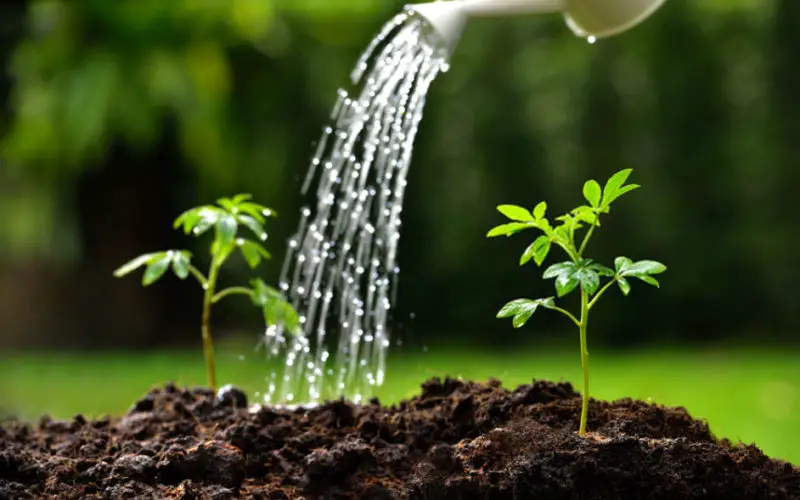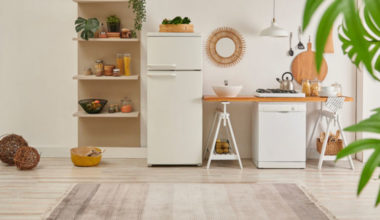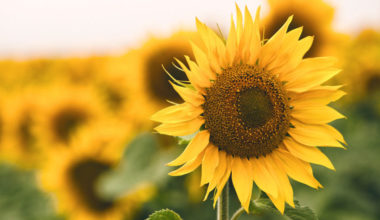As a general rule, we say that you need 1 gallon of water for every 2 gallons of soil (so ½ of water for the volume of soil). But we will see below that there are several cases where this rule can change.
The need for water depending on the watering system, production quantities, soil storage capacity, etc.
- Plants need water for these three main reasons:
- The elements in water, hydrogen (H) and oxygen (O), are important building blocks for the formation of organic matter.
- Plants contain much more water than organic matter. Water is responsible for cell pressure, called turgor (exception: woody plants).
- Water transports nutrients and provides cooling (transpiration)
During vegetation, the plant absorbs much more water than it needs to develop. The excess is evaporated by the leaves (transpiration). Of the total amount of water absorbed during a growing season, only about 1-2% remains in the harvested product.
Evaporation from the soil surface is also of great importance for the gross water consumption (evapotranspiration).
Contents
How to quickly estimate the watering of your plants?
There is a very simple calculation to make if you know the volume of soil, you just have to bring half in gallon of water, we give you an example:
If your plant has 10 gallons of soil, 5 gallons will be necessary for a good watering.
When to water your plants?
There are many factors that impact the watering needs of a plant. The type, size, age and general condition of the plant should be taken into account. As a general rule, give your plants 5-10% of the pot’s water capacity. There are several ways to tell if it is time to water them.
For example, you can use a soil moisture sensor, which you can find for a small fee at any garden store. The other option is simply to use your hands, stick a finger in the substrate! The top layer of the substrate will dry faster because it is in contact with the air. You will have a better idea of the moisture level a few inches below the surface, if you feel it is dry, it is time to water your plants.
Avoid giving too much or too little water to the soil
Giving your plants too much or too little water is equally bad for them. Use a pot with holes underneath to make it harder to overwater. This will allow excess water to drain easily. You can also add a layer of Euro Pebbles to the bottom of your pot, which provides better drainage.
A solution to reduce water consumption for the soil
Mulching allows to nourish and protect the soil of the vegetable garden. How to use it? How to water once the mulch is in place. Focus.
Mulching is a technique that consists in covering the soil with organic, mineral or plastic materials. It allows to nourish and protect the soil of the vegetable garden or the garden. Find out what you need to know about this technique, including its roles and how to water it.
One of the many roles of mulching is to limit watering, a significant advantage. Indeed, on a naked ground, the effect of evaporation is 3 times higher compared to a mulched ground.
Moreover, thanks to mulching, plants and their roots transpire less, especially in summer. Indeed, it allows absorbing water and to keep the soil moist. Mulching is therefore a perfect solution to save water.








